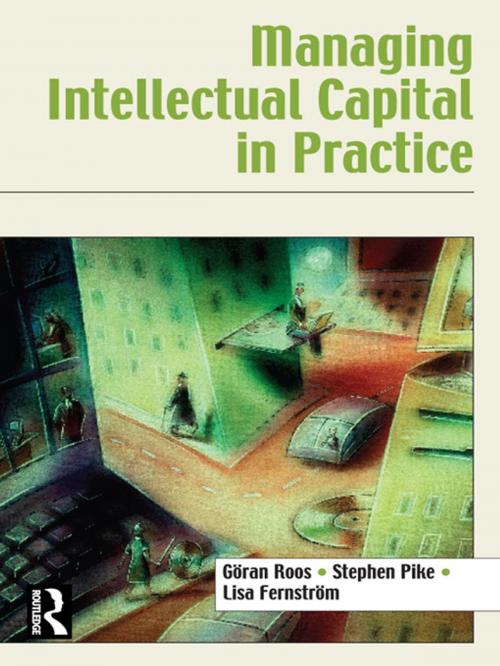Managing Intellectual Capital in Practice
Business & Finance, Economics, Microeconomics, Management & Leadership, Management| Author: | Göran Roos, Stephen Pike, Lisa Fernstrom | ISBN: | 9781136383793 |
| Publisher: | Taylor and Francis | Publication: | June 7, 2007 |
| Imprint: | Routledge | Language: | English |
| Author: | Göran Roos, Stephen Pike, Lisa Fernstrom |
| ISBN: | 9781136383793 |
| Publisher: | Taylor and Francis |
| Publication: | June 7, 2007 |
| Imprint: | Routledge |
| Language: | English |
This book is the essential guide for managers wishing to implement the benefits of Intellectual Capital thinking in their companies or divisions. It serves as an easily accessible introduction to the subject area for the novice, giving the gist of what it is about and how it has developed, but above all it gives hands-on instructions on how to incorporate intellectual capital thinking in everyday business and how to use the tools provided for the management and measurement of intangible resources.
Throughout the main part of the book, three different cases in separate boxes run in parallel with the body text. These are introduced in chapter 2 and illustrate how the tools are to be used, depending on what type of company wishes to implement these ideas. The three case companies are characterised as a manufacturing company, an R&D organisation and a network company. Smaller case stories about well-known global companies are also interspersed throughout the book.
This book is the essential guide for managers wishing to implement the benefits of Intellectual Capital thinking in their companies or divisions. It serves as an easily accessible introduction to the subject area for the novice, giving the gist of what it is about and how it has developed, but above all it gives hands-on instructions on how to incorporate intellectual capital thinking in everyday business and how to use the tools provided for the management and measurement of intangible resources.
Throughout the main part of the book, three different cases in separate boxes run in parallel with the body text. These are introduced in chapter 2 and illustrate how the tools are to be used, depending on what type of company wishes to implement these ideas. The three case companies are characterised as a manufacturing company, an R&D organisation and a network company. Smaller case stories about well-known global companies are also interspersed throughout the book.















